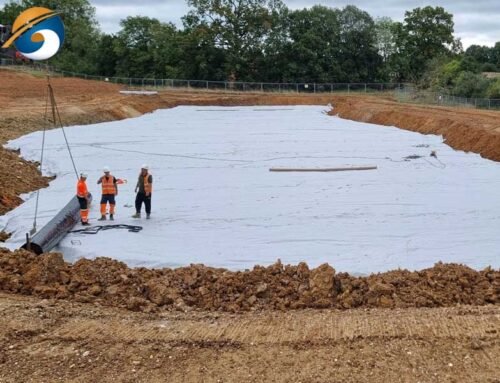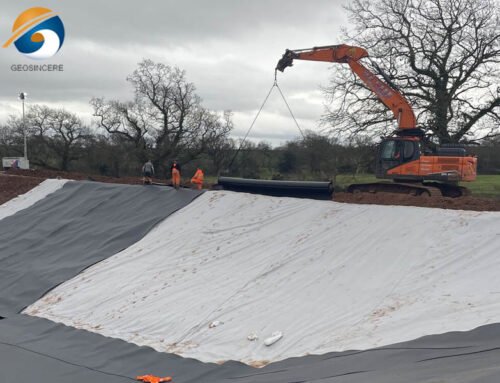The mining industry is a cornerstone of global economic development, providing essential raw materials for countless sectors. However, it also generates vast quantities of waste material, known as tailings. These fine-grained residues, a byproduct of the mineral extraction process, often contain chemicals and heavy metals that can pose significant risks to the environment and public health if not managed properly. The catastrophic failures of tailings storage facilities (TSFs) in recent years have underscored the critical need for advanced, reliable containment solutions. Among these, High-Density Polyethylene (HDPE) geomembranes have emerged as the premier lining material, offering an unparalleled combination of durability, chemical resistance, and impermeability. This article delves into the engineering properties, applications, installation nuances, and long-term benefits of using HDPE geomembranes in tailings management, highlighting their indispensable role in promoting safer, more responsible, and sustainable mining practices.
1. The Imperative for Superior Containment: Beyond Traditional Methods
Historically, tailings management often relied on compacted clay liners (CCLs) or the natural soil substrate for containment. While CCLs offer some barrier properties, their performance can be inconsistent and susceptible to environmental factors. Potential desiccation cracking, freeze-thaw cycles, and chemical degradation can compromise their integrity over time. Their permeability, though low, is still measurable, allowing for gradual seepage and long-term groundwater contamination—a risk that is no longer acceptable under modern environmental standards and social license to operate.
The fundamental objectives of a modern lining system in a TSF are multifold:
1.1 Absolute Containment
To create a permanent, impervious barrier that prevents the migration of contaminated pore water, process chemicals, and suspended fine particles into the subsurface, thereby robustly protecting groundwater resources for generations.
1.2 Enhanced Stability
To improve the physical stability of the impoundment structure by controlling moisture content within the tailings mass, thereby reducing the risk of liquefaction—a primary failure mechanism in many tailings dam disasters.
1.3 Water Management
To facilitate the efficient collection and recirculation of process water, significantly reducing the freshwater footprint of mining operations and closing the water loop, a key tenet of sustainable mining.
1.4 Facilitate Closure
To provide a reliable base for eventual closure and capping, turning a active facility into a stable, non-polluting landform.
Ggeomembranes are specifically engineered to meet these complex and demanding challenges.
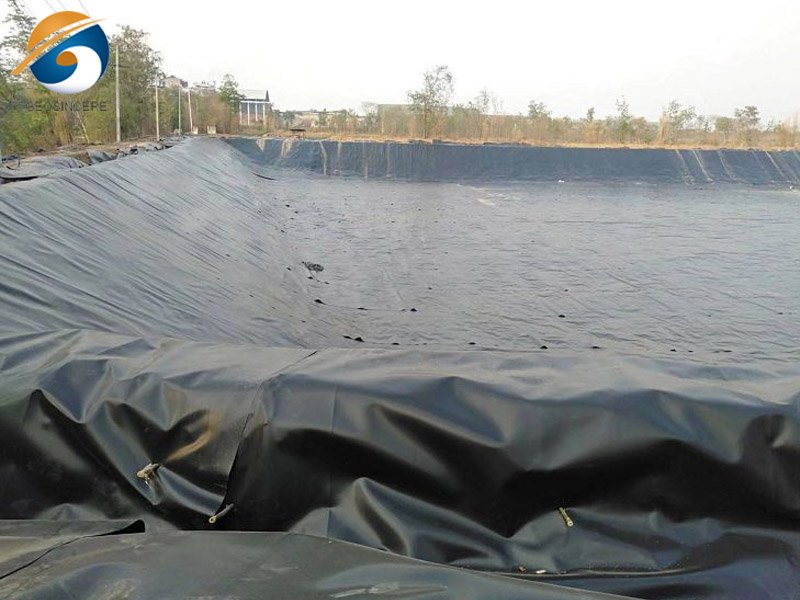
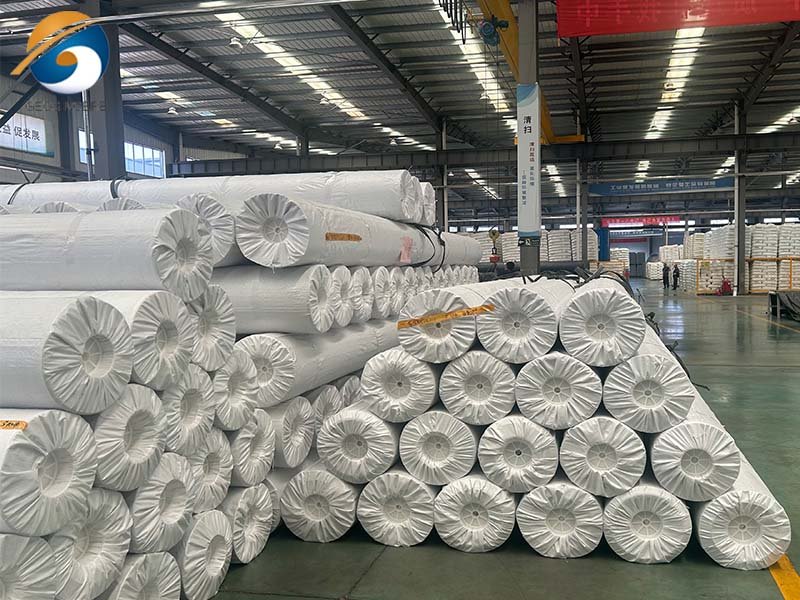
2 .In-Depth: Key Properties of HDPE Geomembrane For Mining Tailings Applications
HDPE geomembranes are not simple plastic sheets; they are high-performance engineered materials. Their suitability for the harsh environment of tailings containment is rooted in a suite of meticulously designed properties:
2.1 HDPE Geomembrane For Mining – Exceptional Chemical Resistance
HDPE is highly inert, demonstrating outstanding resistance to a wide spectrum of chemicals, including strong acids, alkalis, salts, and oxidizing agents commonly found in mining tailings from various ore types (e.g., copper, gold, uranium). This chemical inertness ensures the long-term structural and hydraulic integrity of the liner over decades, a critical factor given the perpetual design life of a closed TSF.
2.2 HDPE Geomembrane For Mining – Extremely Low Permeability
As a barrier, HDPE is virtually impermeable. Its non-porous, monolithic polymeric structure provides an exceptionally low hydraulic conductivity (typically < 1 x 10⁻¹³ m/s), effectively halting the advective flow of liquids and dissolved contaminants. This performance is orders of magnitude superior to that of the best-compacted clay liner.
2.3 HDPE Geomembrane For Mining – Superior Mechanical Strength and Durability
HDPE geomembranes exhibit high tensile strength, tear resistance, and puncture resistance. These properties are crucial during installation when the material is handled and welded, and throughout its operational life, as it must withstand significant overburden pressure from deposited tailings, potential differential settlement, and stresses from underlying subgrade materials.
2.4 HDPE Geomembrane For Mining – Enhanced UV Resistance
High-quality HDPE geomembranes are compounded with 2-3% premium carbon black and antioxidant packages. This formulation provides excellent resistance to ultraviolet radiation, preventing oxidative degradation and preserving the material’s mechanical properties during extended periods of exposure to sunlight before being covered by tailings or protective layers.
2.5 HDPE Geomembrane For Mining – Proven Seam Integrity
The ability to create a continuous, monolithic barrier is paramount. HDPE panels are joined in the field using automated dual-track fusion welding machines. This process heats the interfaces to a molten state and fuses them together under pressure, creating a homogenous seam that is typically 90-100% as strong as the parent material itself. Every meter of these seams is rigorously tested, making the installed liner a single, high-performance unit.
3. Application in Tailings Storage Facilities: The Composite Liner System
The industry best practice for tailings containment is rarely a single HDPE geomembrane. Instead, it is a meticulously engineered composite liner system where different geosynthetic and geotechnical components work in synergy to provide redundancy and enhanced performance. A typical robust system includes:
- Prepared Subgrade:The foundation is paramount. The native soil is excavated, graded to precise design specifications, thoroughly compacted, and meticulously cleared of any sharp objects, rocks, or protrusions that could cause a localized puncture point.
- Geotextile Protection Layer (optional): A cushion geotextile is often placed on the compacted subgrade. This non-woven fabric provides additional protection against puncture from subgrade irregularities and helps manage any subsoil gases.
- The Primary HDPE Geomembrane Liner:This is the core hydraulic barrier. Installed in large panels by certified crews using specialized equipment, it is welded together to form a continuous sheet.
- A Secondary Layer (Often a GCL):A geosynthetic clay liner (GCL)—a layer of bentonite clay bonded to geotextiles—is frequently placed either above or below the HDPE geomembrane. This creates a synergistic effect: the HDPE handles the primary fluid head, while the GCL provides additional chemical adsorption capacity and has self-healing properties for minor penetrations. In some designs, a compacted clay liner (CCL) is used as the secondary layer.
- Leachate Collection Layer:A drainage layer of washed gravel or a prefabricated geocomposite drain network is placed above the liner system. This layer is critical for collecting any minor seepage (permeating through or around the liner) and promptly directing it to collection sumps. This allows for monitoring, treatment, or recirculation, ensuring no contaminated fluid builds up against the liner.
This multi-layered, composite approach is the gold standard, dramatically increasing the overall reliability, safety factor, and environmental performance of the TSF.
4.The Full Lifecycle: HDPE Geomembranes in Capping and Closure
The role of HDPE geomembranes extends beyond the initial containment of liquid tailings. A critical phase in the life cycle of a TSF is its closure and rehabilitation. “Dry closure,” which involves dewatering the tailings and installing an engineered cover system, is increasingly mandated to create a chemically stable and physically safe landform that requires minimal long-term maintenance.
HDPE geomembranes are equally vital, if not more so, in these cover (capping) systems. They function as:
4.1 HDPE Geomembrane For Mining – An Ultimate Infiltration Barrier
The primary function of the geomembrane cap is to prevent atmospheric precipitation from infiltrating into the underlying deposited tailings. This is the most effective method to minimize the generation of additional contaminated leachate and to prevent or stop acid rock drainage (ARD), a pervasive issue in sulfide-bearing tailings.
4.2 HDPE Geomembrane For Mining – A Gas Migration Barrier
In cases where tailings may generate residual gases (e.g., methane, CO2), the geomembrane can act as a partial barrier to control surface emissions.
A typical multi-layer cover system might include (from bottom to top): a gas venting layer, a protective geotextile, the primary HDPE geomembrane, a drainage geocomposite, a vegetative support layer (soil), and finally, native vegetation. This “store-and-release” or barrier cover design works in concert with the basal liner to isolate the tailings from the environment in perpetuity, supporting ecosystem restoration.
5. Addressing Challenges Through Rigorous Quality Assurance
The theoretical performance of an HDPE geomembrane system is entirely dependent on flawless execution in the field. Key challenges and their mitigation strategies include:
- Seam Integrity: This is the most critical aspect. A single faulty weld can compromise the entire system. A rigorous Quality Assurance/Quality Control (QA/QC) program is non-negotiable. This involves:
- Destructive Testing: Regular test strips are welded and sent to a lab for shear and peel testing to verify weld strength.
- Non-Destructive Testing (NDT): 100% of all production welds are tested using methods like air pressure testing (for dual-track seams) or ultrasonic testing to identify any channels or flaws.
- Subgrade Preparation: A perfect liner placed on a poor subgrade will fail. Meticulous subgrade preparation, inspection, and certification are essential steps that cannot be rushed.
- Protection During Installation: The liner must be protected from damage during installation and subsequent phases of construction (e.g., placing drainage media). This requires careful planning, use of protective geotextiles, and low-ground-pressure machinery.
Therefore, success is guaranteed not just by the quality of the material, but by the expertise of the installation contractor and the oversight of experienced, independent geosynthetic engineers overseeing the QA/QC program.

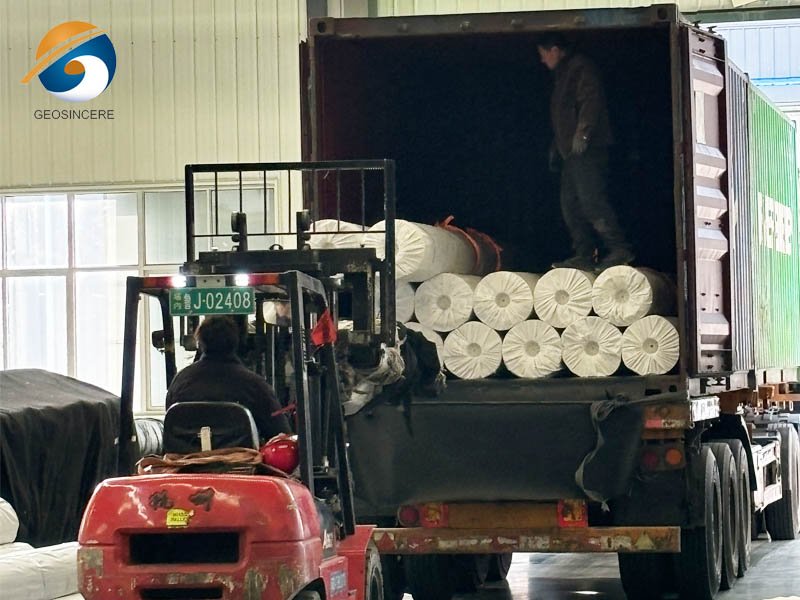
6.Conclusion: A Non-Negotiable Investment in Environmental Stewardship
In an era defined by heightened environmental accountability, stringent regulatory frameworks, and increased societal scrutiny, the mining industry must unequivocally adopt best-in-class technologies for tailings management. The consequences of failure are too great. HDPE geomembranes, particularly when integrated into a engineered composite liner and capping system, represent the most technically advanced, reliable, and proven solution for the permanent containment of mining waste.
They provide a critical and robust layer of protection for our most valuable resources: groundwater, soil, and ecosystems. They enhance the structural safety of tailings facilities, thereby protecting downstream communities and infrastructure. Furthermore, by enabling water recycling and sustainable closure outcomes, they are a key enabler of the circular economy in mining.
Investing in high-quality HDPE geomembrane systems, backed by expert design, impeccable manufacturing, and certified installation, is not merely a capital expense; it is a fundamental investment in risk mitigation, operational safety, and the industry’s social license to operate. It is a definitive step towards fulfilling the modern mandate of responsible resource development and leaving a positive legacy for future generations.
For further detailed technical specifications, case studies, or consultation on implementing high-performance HDPE geomembrane solutions for your tailings storage facility or closure project, please do not hesitate to contact GEOSINCERE.Our team of experts is dedicated to advancing the safety and sustainability of mining operations worldwide through innovative geosynthetic technology.



